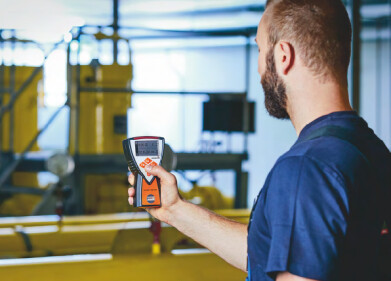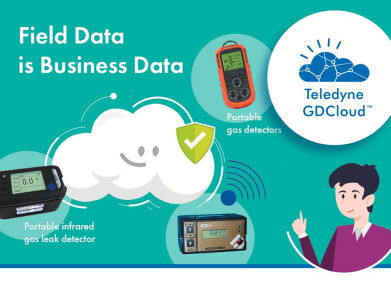Gas Detection
What Is Fence Line Monitoring?
Jan 02 2023
Petroleum refineries, chemical plants, construction sites and other industrial facilities necessarily generate a lot of chemicals and gases. Due to the fact these sites are often located in or near residential areas, there is understandably much concern about the effect that the industrial emissions may have on local air quality and on public and environmental health as a consequence.
For that reason, all such sites are required by law to have robust fence line monitoring protocols in place. This terminology simply refers to the collection and analysis of gas concentrations at the perimeter line of an industrial facility and is a key component of the use of fixed gas monitors at refineries and other similar worksites.
Which gases are monitored by fence line monitoring?
Of course, the specific gases which are under analysis at any given location will vary depending on the activities taking place there and the objectives of the monitoring programme. Generally speaking, however, site managers will be required by law to ensure that their facility does not contribute overly to air pollution or environmental damage, so there are a number of gases which regularly crop up in fence line monitoring protocols.
These include methane, sulphur dioxide, hydrogen sulphide and black carbon, as well as a range of non-methane organic compounds (including benzene, toluene, ethylbenzene and xylene, or BTEX) and several volatile organic compounds (such as acrolein, acetaldehyde, formaldehyde and styrene).
How does fence line monitoring work?
Usually, a site’s fence line monitoring programme will include a combination of two different approaches to data collection. The first, often referred to as point sampling, will use pumps and tubes to direct a small volume of gas to an analysis chamber, where it will be analysed via an internal mechanism.
Meanwhile, the second method is known as open-path monitoring and shines a beam of light across a distance of up to 900m. The gases which are caught in this light will absorb it in different ways; therefore, an analysis of their various absorption properties will reveal detailed information about the composition of the air in question.
There are a variety of different factors which dictate which type of sensor is used for fence line monitoring, but most facilities will deploy a mixture of both. Having said that, open-path technologies are often seen as superior to point sampling ones, due to their ability to monitor for multiple gases over a longer range, alongside their reduced maintenance costs. Although their initial overheads might be higher, they’re generally more affordable in the long run.
This article provides a basic introduction to fence line monitoring, but for a more comprehensive investigation of the broader subject, the CoGDEM Guide to Gas Detection provides much greater in-depth analysis of all facets of the topic.
Digital Edition
AET 28.4 Oct/Nov 2024
November 2024
Gas Detection - Go from lagging to leading: why investment in gas detection makes sense Air Monitoring - Swirl and vortex meters will aid green hydrogen production - Beyond the Stack: Emi...
View all digital editions
Events
Water Quality Technology Conference 2024
Nov 17 2024 Schaumburg, IL, USA
Nov 18 2024 Shanghai, China
Nov 20 2024 Karachi, Pakistan
Nov 20 2024 Krasnoyarsk, Russia
Nov 20 2024 Nancy, France



















